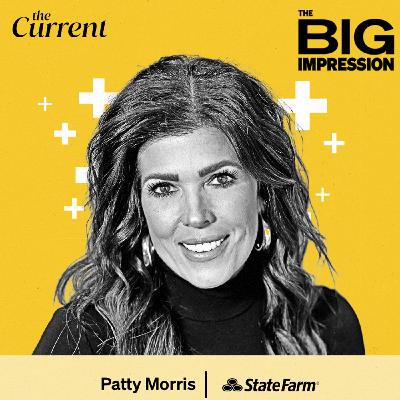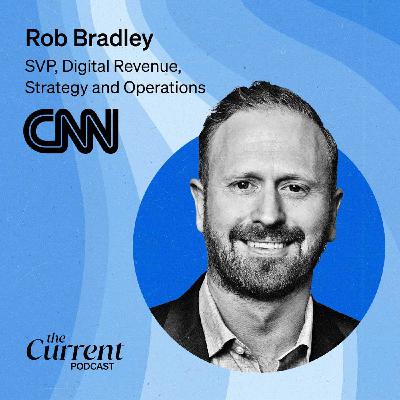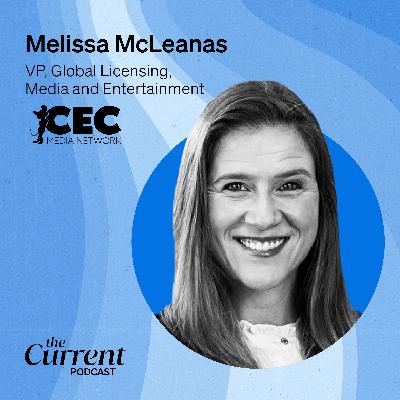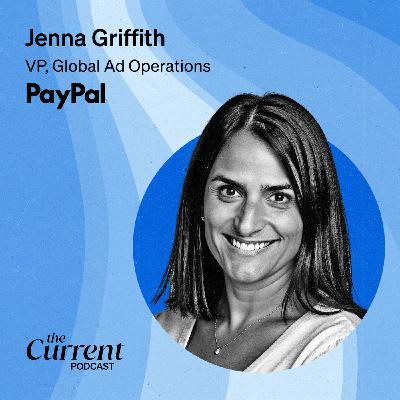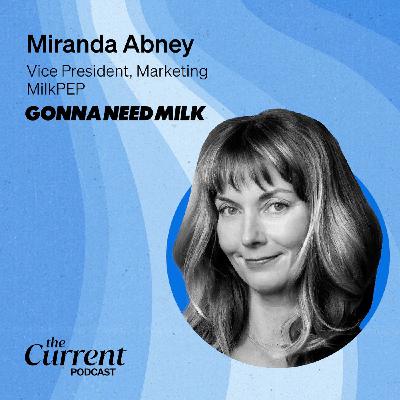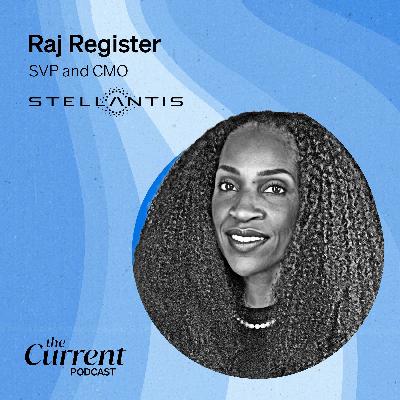Dow Jones’ Sherry Weiss on marketing at the speed of a newsroom
Description
Dow Jones CMO Sherry Weiss reveals the marketing strategy behind growing subscription businesses for publications like The Wall Street Journal.
Episode Transcript
Please note, this transcript may contain minor inconsistencies compared to the episode audio.
Damian Fowler (00:00 ):
I'm Damian Fowler.
Ilyse Liffreing (00:01 ):
And I'm Ilyse Liffreing
Damian Fowler (00:02 ):
And welcome to this edition of The Current Podcast.
Ilyse Liffreing (00:09 ):
This week we're delighted to talk with Sherry Weiss, the CMO of Dow Jones.
Damian Fowler (00:14 ):
And Sherry's responsible for growing Dow Jones' subscription business across the publisher's. Numerous business titles, which include the Wall Street Journal, Barron's, MarketWatch, and Investors Business Daily,
Ilyse Liffreing (00:26 ):
But that's not all. Sherry also heads up the brand and enterprise go-to-market strategy for Dow Jones Research and Newswire services like Tiba
Damian Fowler (00:35 ):
In an era where publishers are facing many challenges to their business models. From the pullback of third party cookies to the advance of ai, Sherry gets into how the publishers answering back by building a subscription strategy.
Ilyse Liffreing (00:48 ):
We start off by talking about the Wall Street Journal's latest campaign.
Sherry Weiss (00:56 ):
So it's your business. It's not only our new campaign, but our new brand platform, which we launched in June of last year. A little bit about the history of how we got into this new platform. So our previous platform was Trust Your Decisions and I joined the organization about two and a half years ago. One of the first things that the team and I did at that point in time is really dive deeply into understanding our current and then our future growth audience needs. And when we were going through that research, one of the things that came out was the idea around trust and how that's table stakes
(01:33 ):
And what our audience are saying that's a given and kind of don't tell us to trust you, we will determine that. And so we realized that there was this need to speak a little bit differently to our future audiences and also to crack the code on what Wall Street Journal is. So Wall Street Journal is a storied brand, it's well known, but oftentimes we were seeing with our growth audiences that people did not think the journal applied to them. And in all of our customer research, what we were beginning to piece together is the folks that read the journal and folks that we believe are our editorial content applies to. They have a lot of similarities underlying them. They're all ambitious, they want to be knowledgeable, they're quite intellectual, but they may be in different stages of their career. And so part of what we needed to do with this brand platform was help bridge the gap is to explain to our future audiences why the journalist for them.
(02:31 ):
And the other thing that's interesting about this campaign is that it's the first time in quite some time that we truly leaned into the journalism, our actual core product. And in that campaign we brought out specific articles into the actual campaign and balance those articles between things that you would expect the journal to write about and things that you would not expect us to write about. And a really good example is that we had an article around folks that were becoming lifelong renters and those were decisions that they were making. And so one of our headlines leaned into that. Another one was around make hotdog economics your business when you talk about food and inflation. And that was showing up in a hot dog truck. And the great thing there is it killed two burns with one stone because we were able to go loud with an awareness campaign, but it also enabled us a way to drive back to sampling. And in all of our campaigns we had QR codes, it actually drove back to the original article and that was quite successful.
Damian Fowler (03:38 ):
That's really fascinating. One of the things before we get into what you learned from this campaign, how did you identify where those potentially net new audiences readers were coming from? You say you have this core group of people who are interested in business, but then you have people who are kind of adjacent to it but also interested in business. I'm just curious, how did you think about that and how did you sort of build that into your strategy?
Sherry Weiss (04:06 ):
Sure. So everything we do is data-based and customer reader first. So as part of this re-looking at our platform, we did a deep audience study and within that audience study we went out obviously across the market around news readers who are willing to pay and really started having deep conversations, both qualitative as well as quantitative research into what people are looking for and also finding common threads around attitudes and life point of views. And what we found was we have a really core group of readers tried and true folks that you would expect over index more into investing and working on Wall Street and more of your traditional business folks, but business expands so much more than that. And what we were finding is that there were a deep growth area where there are people who are outside of what we would say are our traditional professions, marketing, consulting, government actually that have, they are interested in the type of content that we write, they just may not be aware that we're writing it. And again, as I mentioned, we're also looking at our audiences that it's not so much around your profession or where you live, but the attitudes in which you hold in common, right? So your desire to be well-informed, your ambition to get ahead in whatever way you want to get ahead, they all have that in common. And so that's really how we started crafting the growth audiences. And then obviously within that with the research we gleaned a lot of information on where they're engaging and that's where we would go out to find in marketing. Interesting.
Ilyse Liffreing (05:51 ):
Now you said the first phase of the campaign started in June and I remember going to the Wall Street Journal house in Canon, seeing that all over the place there, what other areas did the campaign come to life in that aspect besides maybe the articles?
Sherry Weiss (06:09 ):
Sure. It's interesting because again, all of everything really in the campaign, everything that we put forth had an article that was underlying it. But the cool thing about it is that you could do what you would call traditional marketing. So display on social out of home, we did a Penn Station takeover, but you could also, we were able to leverage this campaign to make it more experiential as well. So as you mentioned, we had the Wall Street Journal, cafe A can. If anybody listening was in there, you probably saw there were things like our salt and pepper shakers and on there had QR codes that had, I can't remember the article that we raised there, but it drove back to an article that had something to do with salt and pepper on the menu. Everything had a article that was associated to it. And so there was an article that we were featuring Make Sleep, divorce Your Business, and we were able to put that above a space that was a mattress store, make EV economics your business, and we would take out space in charging stations so you could take the content that we write about, which is so embedded in every day, build it into the context in which a potential reader is engaging and that actually cracks the code, right?
(07:24 ):
It's your business. It's so much more than stock trading or what's happening in banking these days.
Ilyse Liffreing (<a href="https://www.rev.com/app/transcript/NjdmZDI3NzZiNTUzMzBiNj





